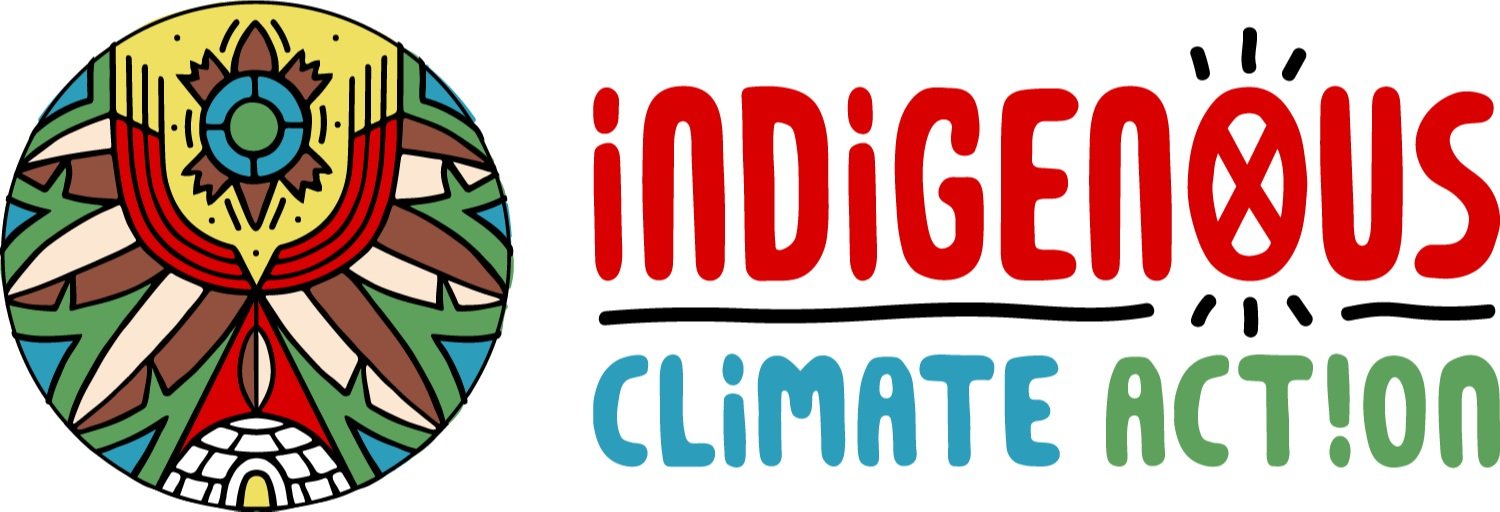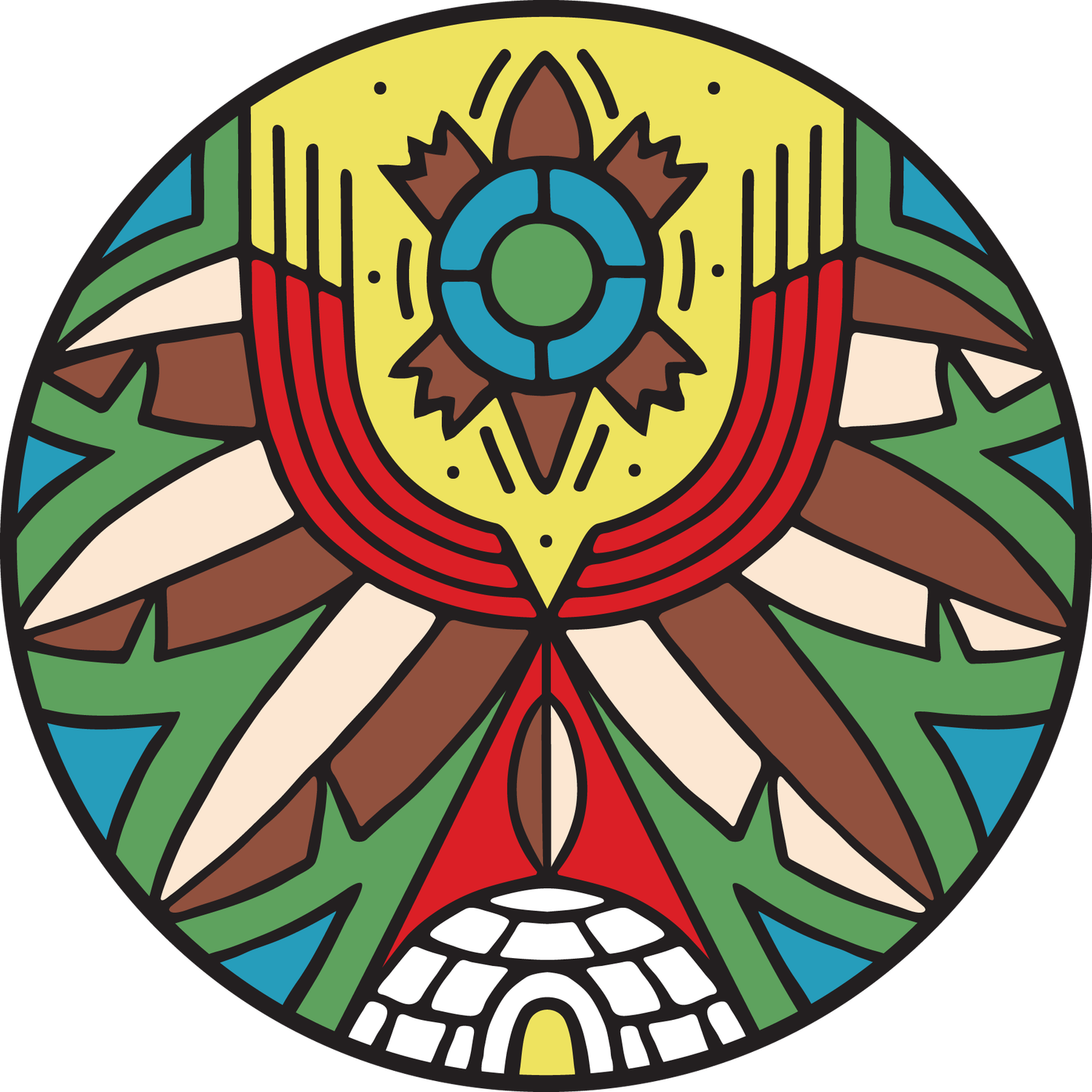A Reflection on Indigenous People’s Day and Healing Justice Frameworks
Reflecting on Indigenous Peoples Day is a time to celebrate resilience, unique cultures and ways of knowing, and a day to highlight Indigenous brilliance!
We should honour Indigenous knowledge systems every day, not just one day a year. It is also a day to recognize the ongoing colonialism many countries continue to experience. Damage-centred narratives are hard to ignore, nor should we be expected to. However, we can acknowledge the harm that has been done and the healing and beauty that is taking place at the same time.
Throughout this blog post, I am going to outline different ways of Healing Justice that I witnessed on National Indigenous Peoples Day in Thunder Bay, Ontario last month. As well as ways Indigenous-led companies, such as Indigenous Climate Action, can implement a Healing Justice Framework through workplace policy.
Healing Justice is a way of knowing and a political framework that recognizes intergenerational trauma, and aims to deconstruct the colonial understanding of what it means to heal. To heal ourselves we have to think beyond the individual–healing incorporates the land, animals, plants and community (Bacigal et al., 2022). We need to work toward a place where we can address systemic injustice and embrace traditional ways of knowing unique to our geographical areas.
I am finding it difficult, but oddly comforting, sitting here, reading about a Healing Justice Framework. In the spirit of being honest, I am feeling overwhelmed with work as I write this. I am not the first to be feeling this way, and I certainly won’t be the last. I am tired of reading about things that I used to be so blissfully ignorant of. Ironically enough, as I am experiencing my mini work-induced blues, I have come across a different perspective.
Cara Page, who coined the term Healing Justice, prefers to frame ‘breakdowns’ as ‘breakthroughs’ from a combination of burnout and grief. During these so-called breakdowns/breakthroughs, people experiencing these intense emotions are often asked or drawn to take breaks. By feeling pressured by co-workers, managers and our broader society to take these breaks we are collectively enforcing the ablest notion that it is on the individual to correct their mental health, chronic illness, or physical/intellectual disability before returning to work and then the cycle of burnout continues (Hayes et al., 2023). Hayes suggests that the responsibility needs to be placed on the organisations and that the way we work and the expectations of companies and organisations needs a total reform.
Implementing a Healing Justice Framework in a workplace can look a lot of different ways. Indigenous Climate Action practises a four-day work week structure, as well as offers personal days (additional to vacation time), moontime days, and extended benefits. These seemingly small actions make a huge impact on individuals' well-being and feelings of emotional safety in the workplace. Workplaces across the country are now using Indigenous Climate Action’s Healing Justice informed policies as a blueprint to create a more equitable and healthy workplace culture.
Miera (left) and Maya (right) reconnect after studying traditional medicines in Belize.
Now how does this relate to my recollection of Indigenous Peoples Day, you may ask? Corporations and organisations who fail to recognize National Indigenous Peoples day as a paid day dedicated to education for settler employees, and a day of ceremony and community engagement for their Indigenous employees, are not only doing a disservice to the individuals but are also sending a message that their policies and actions are aligned with performative activism. Sending out a ‘Happy Indigenous Peoples Day’ email or creating a social media post is not enough. Indigenous peoples globally have been engaging in this framework before it even had a name (Hayes et al, 2023).
Acknowledging plant and animal kinship and reinforcing these reciprocal relationships between us and the land is the essence of this framework. When we come together to gather on the land and engage in ceremony with these plants and peoples of different nations we are practising Healing Justice. Healing Justice is community care and that extends beyond the person to include plant kin, animal kin, water, and even our ancestors who no longer share this physical space with us. Land and body are not separate, nor should they be treated as such.
Being a part of Thunder Bay’s National Indigenous Peoples day celebration was like seeing a Healing Justice Framework in action. We sang the water song on the shores of Lake Superior led by Sheila DeCorte, an Elder from Fort William First Nation, and a water walker in the area. Our voices carried throughout the marina as we sang and honoured each direction. Those who didn’t know the words stood in solidarity, or hummed along. This is what community care looks like, extending not only to our human relations but also to the Water.
Joseph Lane, Sabe Studios, Artist, Creative, and soon to be educator.
Shelia shared stories of Grandmother Josephine Mandamin, a water walker, who was recently honoured nationally with a stamp for the steps she took to stand up for our water’s rights. Ancestors and loved ones were also honoured through a Veterans dance, where anyone who had a relative that served so-called Canada was encouraged to join. Children were everywhere, dancing in the circle and helping at vendors booths. As always, the art was spectacular at the Pow Wow. My friend and I had the opportunity to visit with a dear classmate and artist, Joe, who we have had the pleasure of learning alongside and from him this past May. Checking in on eachother, having honest conversations about not only individual mental wellness and health but collective mental wellness and health is another way a Healing Justice Framework supports itself. Even those seemingly small interactions aim to strengthen a sense of connection and community.
The examples of Healing Justice appear neverending in the context of a community gathering such as this one. Many communities, Nations and generations came together to engage in ceremony, prayer, celebration, storytelling, laughter and some really good bannock burgers. At the end of the day, I sat on the shores of Lake Superior with friends that I now consider family. We watched the Trumpeter Swans dance on the water during the sunset, unbothered by the pesky mosquitoes, in awe of the beauty surrounding us. Feelings of peace washed over the group like a wave, we were reminded of the divine connection we have to each other, the water, the animals and the sky. The power of community care and connectedness echo in the space long after we leave. I am filled with gratitude that I have had the opportunity to work for an organisation like ICA that prioritises a Healing Justice Framework that allows me to connect with the community and recharge when needed. I encourage everyone to look for examples of a Healing Justice Framework whether it is in their professional, academic or personal life.
Happy healing!
— Maya
Citations
Bacigal , L., Derosier, M., & Romanek, B. (2022, March 8). Healing Justice: An Introduction. episode, Indigenous Climate Action Pod.
Hayes, K., Page, C., & Woodland, E., . (2023, March 9). We Need Collective Healing, Not Commodified “Self Care.” Movement Memos. episode.
About the Author
Maya was born and raised in Dryden, ON, in Treaty Three Territory. On her paternal side she is Métis and on her maternal side she is English and Irish, second generation Canadian. Maya’s roots and closest home lie in the Red River/Treaty One territory. Maya is currently a visitor on the Robinson Superior Treaty of 1850 in what is colonially known as Thunder Bay. Maya completed her undergraduate degree at Lakehead University in Outdoor Recreation with a focus is Land-based therapeutic recreation. She is in her second and final year of my Masters of Social Justice at Lakehead University where her studies focus primarily on how art and Indigenous research methodologies can be used both as a tool for resistance and to strengthen community kinship structures. Maya was recently brought on board at Indigenous Climate Action this past May, working in tandem with the Samuel Centre of Social Connectedness. Her main point of focus throughout the duration of her internship will be how to make Indigenous divestment strategies accessible to nations across Turtle Island by producing a deliverable. When she is not at work you can find Maya harvesting on the land, making art, spending time with friends and family and plunging into the icy waters of Lake Superior!




